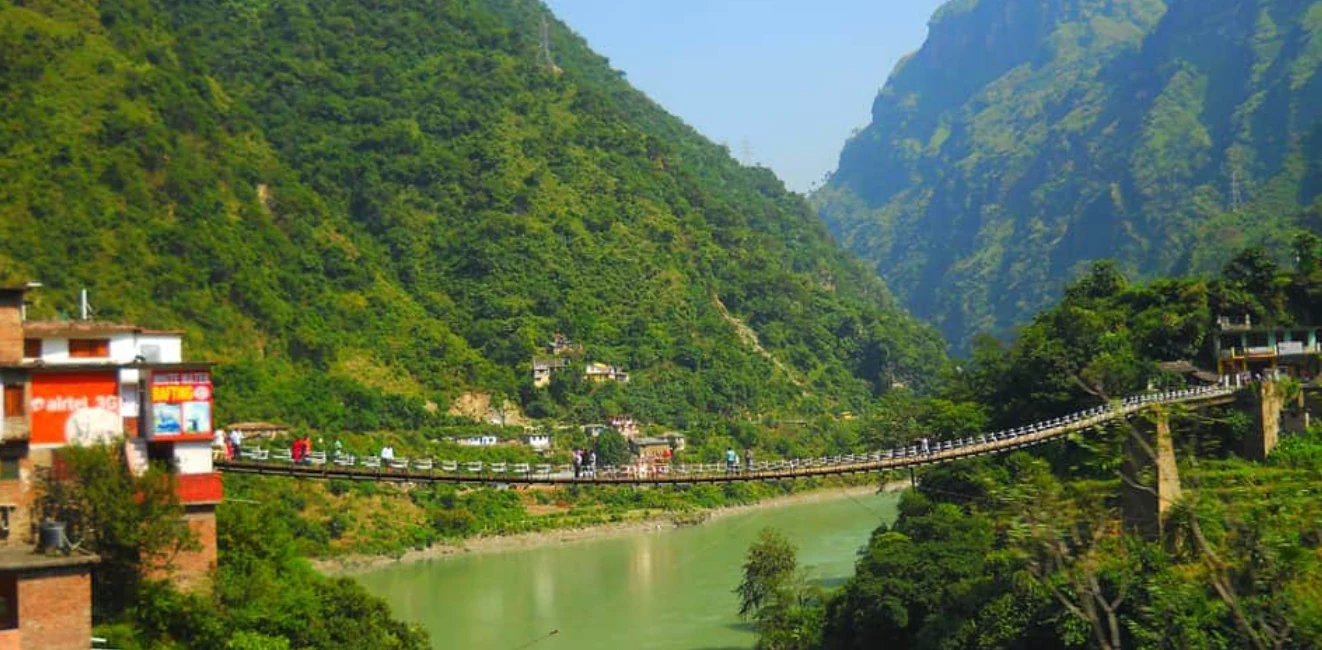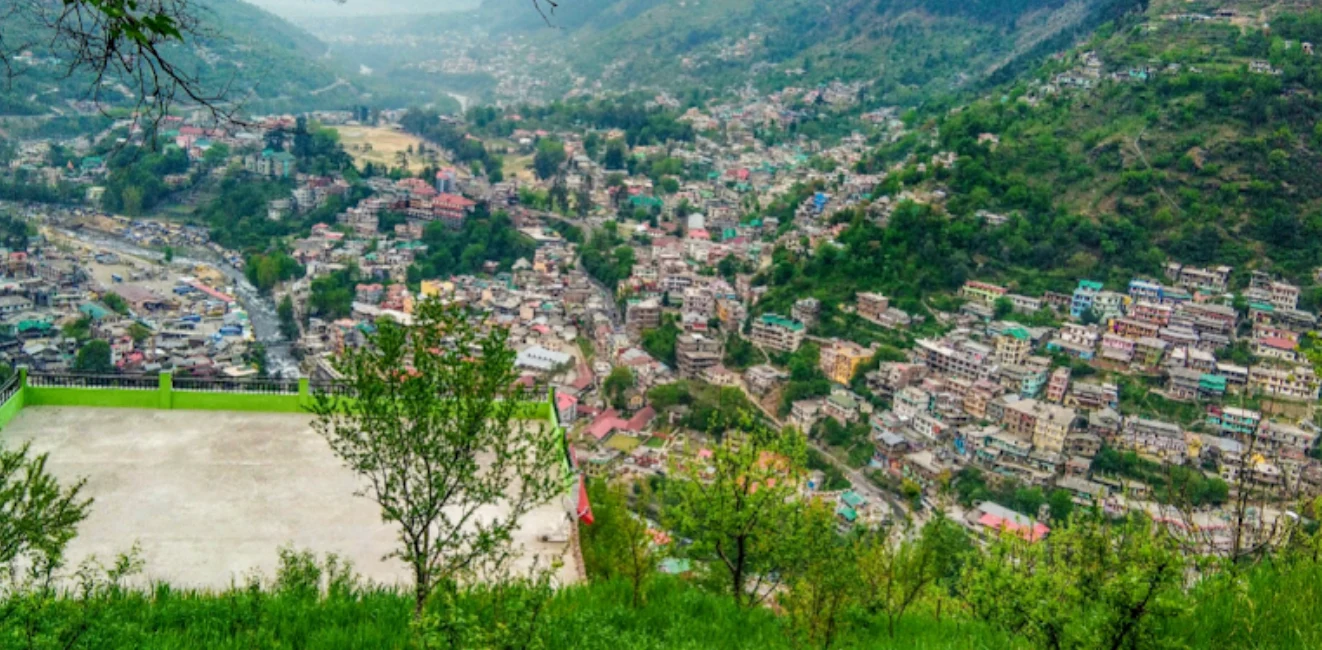




Jagatsukh, originally named as ‘Nast’ is one of the biggest village of Kullu, majorly famous for the Shiva Temple. Jagatsukh also houses Gauri-Shankar Templ

The Great Himalayan National Park or Jwaharlala Nehru Himalayan National Park as constituted in 1984 and was declared as National Park in 1999.

Prashar Lake, named after a sage Prashar, is a beautiful sacred lake located at an elevation of 2730 meters above sea level in the Kullu Valley.

